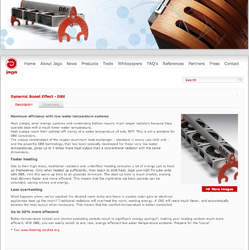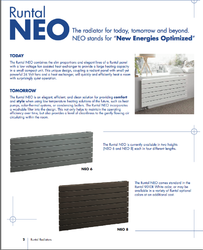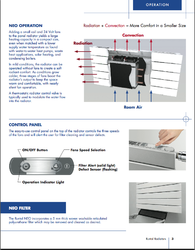Does anyone know if there would be any real difference if I went with 660 or 880 gallons of water storage? Space is limited and it's the difference between 3 tanks or 4.
Water storage question...
- Thread starter GS7
- Start date
-
Active since 1995, Hearth.com is THE place on the internet for free information and advice about wood stoves, pellet stoves and other energy saving equipment.
We strive to provide opinions, articles, discussions and history related to Hearth Products and in a more general sense, energy issues.
We promote the EFFICIENT, RESPONSIBLE, CLEAN and SAFE use of all fuels, whether renewable or fossil.


 Storage buys you time between burns and helps eliminate short, inefficient burns. It really comes down to what you system needs are. Total load at design conditions, boiler output, owner participation, and climate to some degree.
Storage buys you time between burns and helps eliminate short, inefficient burns. It really comes down to what you system needs are. Total load at design conditions, boiler output, owner participation, and climate to some degree.

